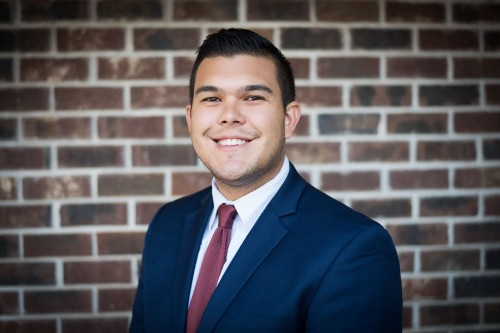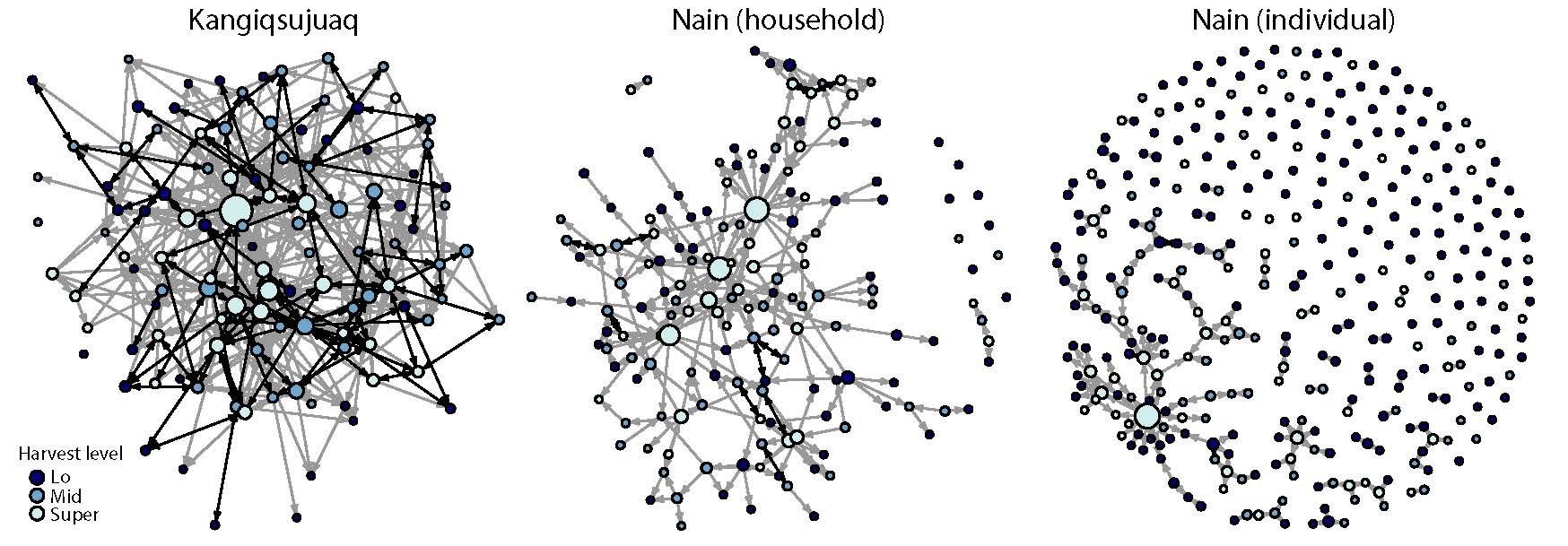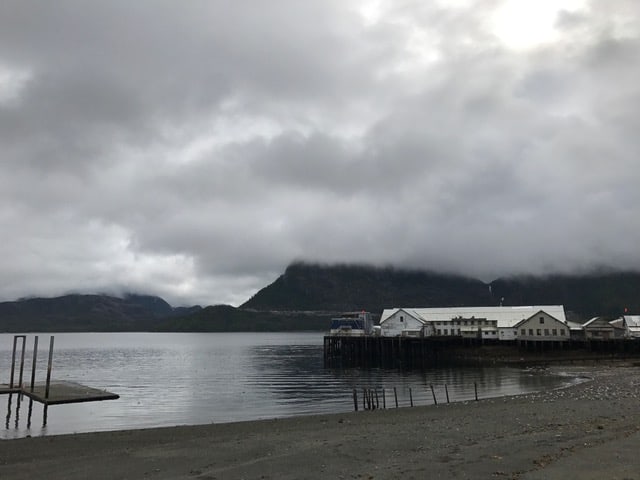
Postdoctoral scholar Dr. Jerreed Ivanich, from the Alaskan Native Metlakatla Indian Community (Tsimshian), recently joined the Center for American Indian Health’s mental health team. The Center, which is located within the Department of International Health of the Johns Hopkins Bloomberg School of Public Health, has partnered with Southwestern tribes for over 25 years to pioneer innovative suicide prevention and intervention strategies. A key focus is fostering resiliency by connecting elders and young people and building on other cultural strengths inherent in tribal communities. Better understanding the dynamics of these communities can point to ways to help.
“Social networks are critically important for indigenous communities,” said Dr. Ivanich. “We don’t live in a socially isolated bubble, and network maps can reveal how prevention and intervention diffuse out into communities—or keep them from diffusing.” He explained that social network analysis has been extremely helpful in informing HIV research and other health fields. Before now, the field of social networking hasn’t fully engaged with indigenous communities.

Dr. Ivanich earlier envisioned a career as a police officer. “I wanted to help people,” he said. “No one in my family had attended college, but I wanted to try.”
After enrolling at Weber State University in Utah, he found himself surrounded by ambitious students.
“I started thinking, I was equally equipped—I could do more,” said Dr. Ivanich.

During college, he married and moved his family to Southeast Alaska to research land claims acts and legal history for Sealaska Corporation, the local Alaska Native Corporation. A 130-square mile island reservation on Annette Island Reserve is home to the Metlakatla Indian Community (Tsimshian) peoples. He became involved in Sealaska’s local youth culture camps, which highlighted the strengths and benefits of being Alaska Native as a source of pride and resiliency for these youth. These lessons formed a lasting impression on his desire to study culture, social connections, and health outcomes for Alaska Native and American Indian youth.
A decade later, Dr. Ivanich completed his doctoral dissertation at the University of Nebraska studying health behaviors among Native Americans using social networks. Now as a postdoctoral research associate at the Center for American Indian Health, Dr. Ivanich is analyzing a network of individuals identified through a surveillance system at being at high risk for death by suicide because of reported suicidal ideation, a previous suicide attempt, or a dangerous binge episode of drinking or drug use. To better understand how to help networks of at-risk youth, Dr. Ivanich will be creating visual maps known as ego networks and assessing how certain relationship patterns predict suicidal ideation or resiliency.
A previous publication authored by Dr. Ivanich used social networks to identify individuals who “help people with alcohol problems,” “help people who tend to be left out” or “give good advice.” Collectively these efforts highlight the importance of exploring the relationships within Alaska Native and American Indian communities to have a localized view of contextual factors that contribute to health.
“This relational component could enhance other programs such as Family Spirit and the Elders Curriculum,” he said.